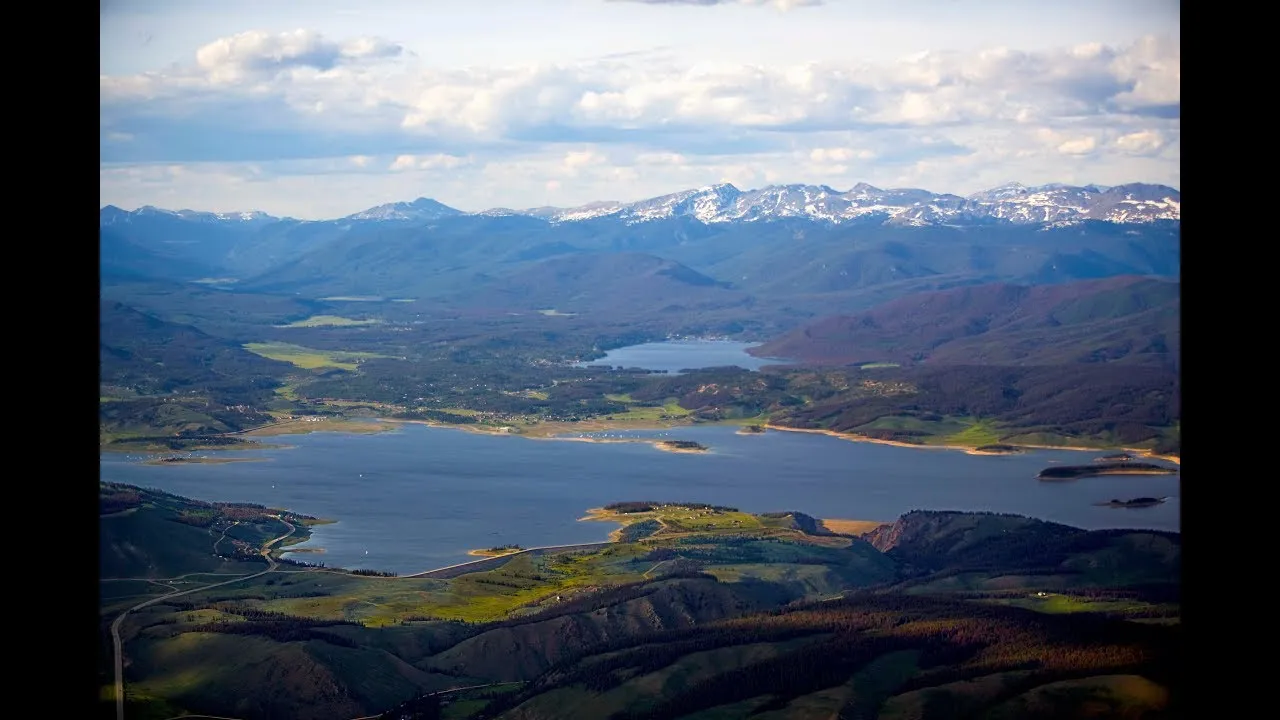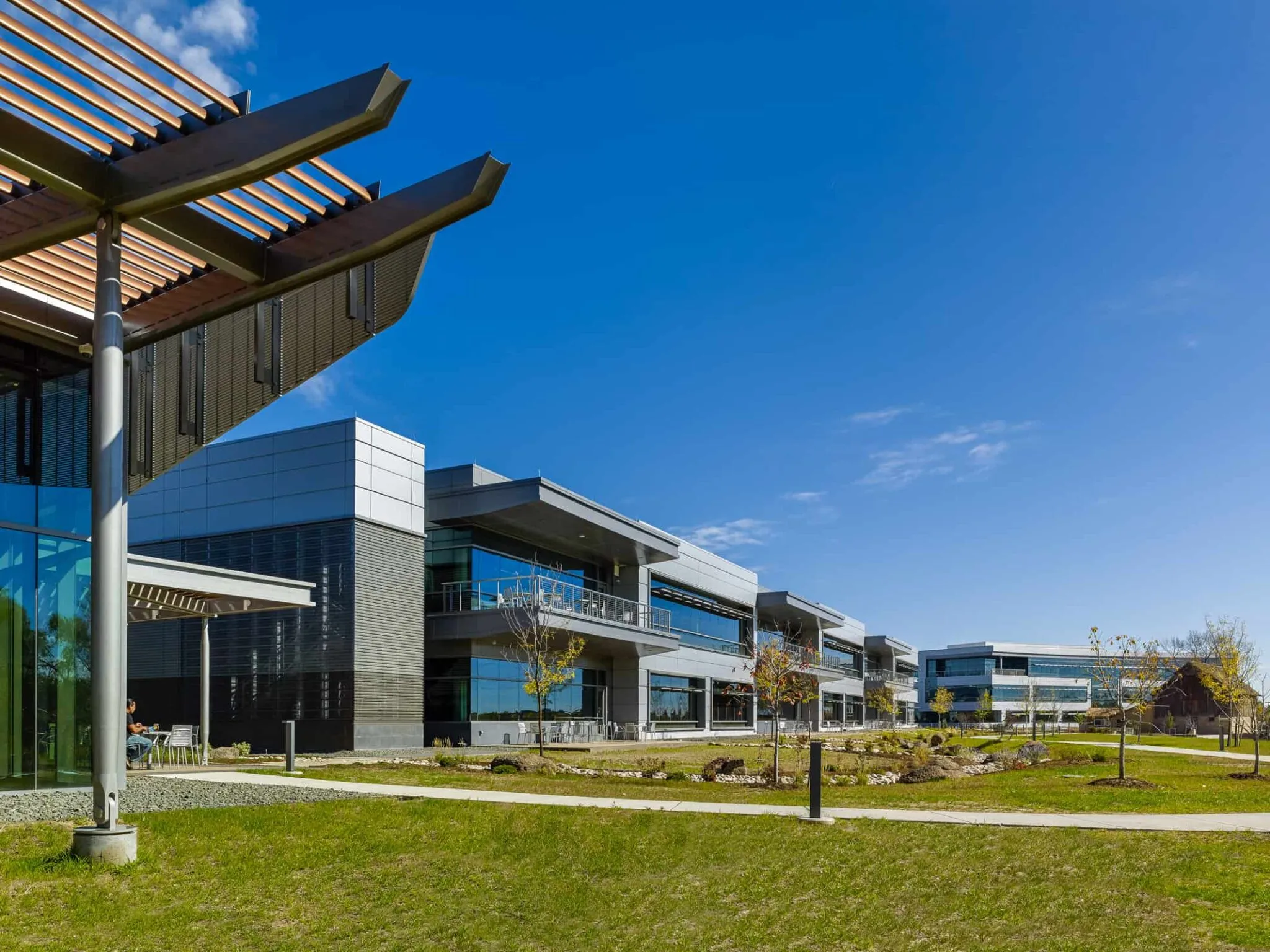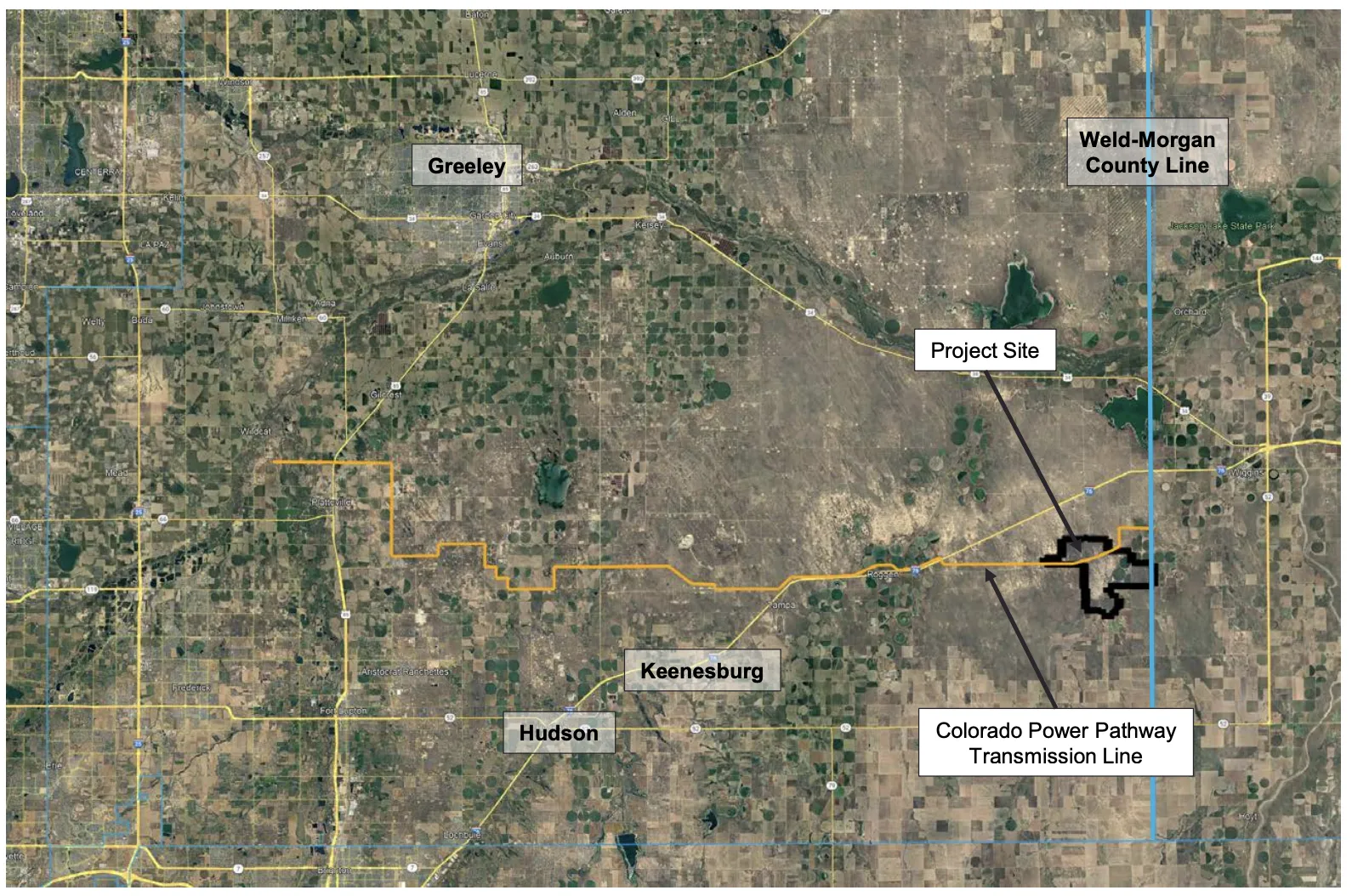Water work is elemental for GM Wind

There’s a big water feature behind General Manager Bradley Wind as he sits on the patio at Northern Colorado Water Conservancy District headquarters in Berthoud.
Not water feature as the term might apply to golf courses. Nor is the water feature like those at Water Valley in Windsor, which it must be said are there to sell houses.
For most corporate backyards even a fountain would be nice. But Wind’s man-made creek is way cooler.
It coos like a contented child, streaming on a sometimes level, sometimes slightly downhill grade. Water comes from an outcropping of rocks to the left — call it…
THIS ARTICLE IS FOR SUBSCRIBERS ONLY
Continue reading for less than $3 per week!
Get a month of award-winning local business news, trends and insights
Access award-winning content today!




